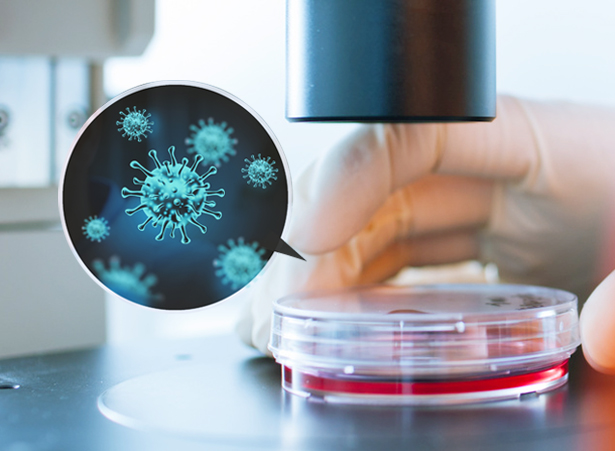The allotetraploid origin and asymmetrical genome evolution of the common carp Cyprinus carpio
Cyprinus carpio (Cyprinus carpio) is one of the most important freshwater cultured fish in the world.
In addition to the third round of genome-wide replication events (3R WGD) Shared by bony fishes, the carp also experienced a unique fourth round of genome-wide replication events (4R WGD), so it is a widely concerned model species for evolutionary genomics research.
In this project, we completed a reference genome at three chromosome levels of the carp and compared it with the related diploid carp genome.We determined that barbus is a potential ancestor species of diploid carp (c. carpio), and successfully split the genome of allotetraploid carp into two subgenomes composed of 25 chromosomes each by taking advantage of the similarity between the homologous chromosome sequence of the carp and the genome sequence of its related diploid ancestor. Based on the sequence differentiation rates of two subgenomic homologous genes and transposable elements, it was estimated that two diploid ancestor species differentiated at 23 Mya and refused at 12.4 Mya. No common gene loss was found in any subgenome, but gene expression preference was observed among the investigated tissues, and subgenome B was more dominant in homologous expression. CG methylation in the promoter region may play an important role in changing the gene expression of allotetraploid carp.

Figure: Phylogenetic relationship of tetraploid Cypinidae and relevant teleost lineages.
In order to further prove the role of CYP728B70 in triptolide biosynthesis, the function of CYP728B70 was verified by overexpression technique, which supported the potential role of CYP720B70 in increasing triptolide production.

